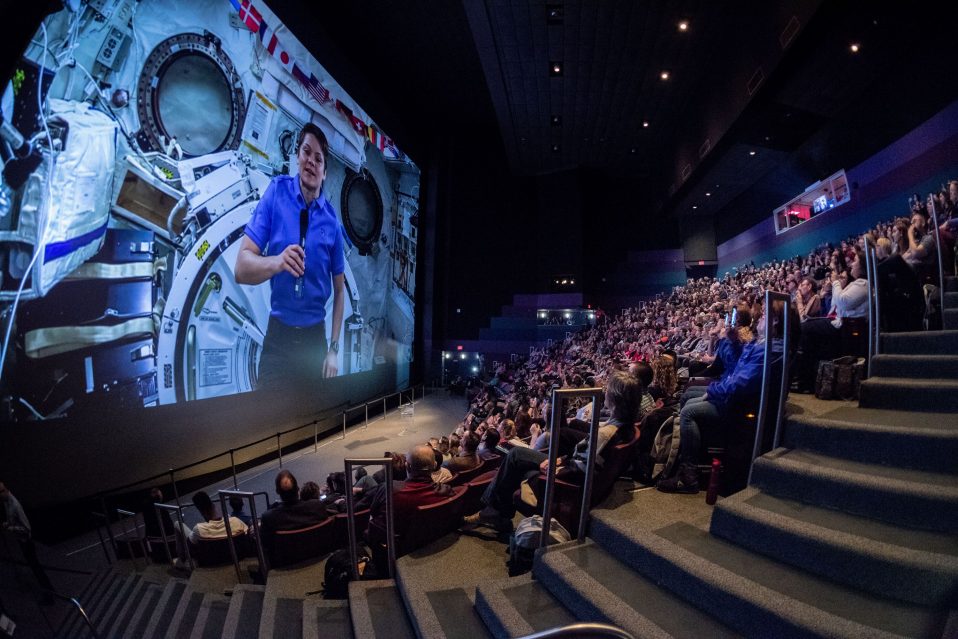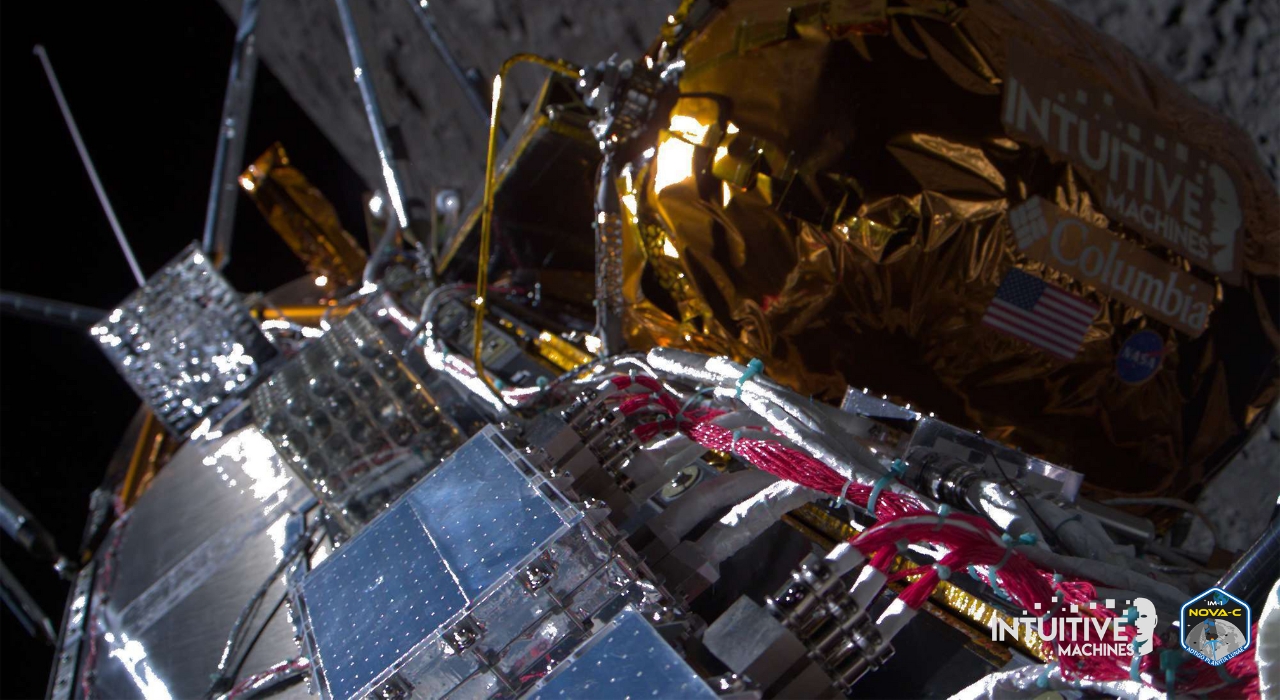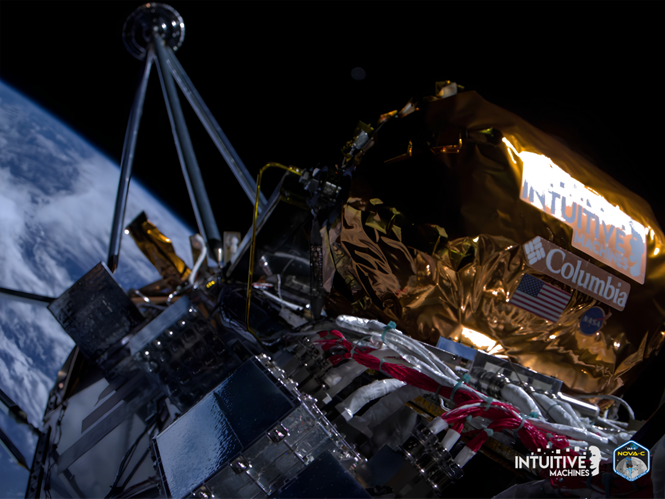The night sky offers a show unlike anything else. In this monthly series, we will explore some of the top viewing experiences for backyard astronomers.
Here are some highlights from NASA’s Skywatching report, as to what you can look forward to observing in the July sky!
July 1 – Mercury makes an appearance
Look up to the sky as morning twilight begins to see Mercury above the horizon in the east-northeast.
July 2 – Catch a glimpse of Venus and the Beehive Cluster
Search for Venus 4 degrees above the horizon in the west-northwest as evening twilight ends. You may even catch a glimpse of the stars of the Beehive Cluster to the left of Venus if you use a telescope or binoculars and the sky is clear.
July 4 – Mercury at its greatest elongation
On Independence Day, look for more than fireworks! Gaze up at the sky to see Mercury at its greatest elongation. The planet will appear half-lit if you view it through a large enough telescope.
July 6 – Aldebaran makes an appearance
Look for the bright star Aldebaran after the Moon rises in the east-northeast at 2:48 a.m. CT. Fix your gaze roughly 8 degrees below the waxing crescent Moon to see Aldebaran.
July 10 – Saturn makes an appearance
As evening twilight ends, catch a glimpse of Saturn as it begins to appear above the horizon in the east-southeast.
July 12 – August 23 – Annual Delta Aquariids meteor shower
This month, look up to the night sky to witness the Delta Aquariids, which are active from mid-July through late-August. The comet of origin for the Delta Aquariids is unknown, but it is suspected to be 96P Machholz. Their radiant, or point in the sky from which they appear and where they get their name, is in the constellation Aquarius.
Around 20 Delta Aquariids can be seen in an hour during their peak.
Viewing Tips:
These meteors are often difficult to spot so try to look for them in the night sky during the shower’s peak, near the end of July. If the Moon is present, you will not be able to see these faint meteors. The Southern Hemisphere and Southern latitudes of the Northern Hemisphere offer the best view of this meteor shower.
Find an area away from city and streetlights and lie on your back looking halfway between the horizon and the zenith, 45 degrees from their radiant. It may take some time for your eyes to adjust to the night sky, but be patient. The meteor shower will last until dawn, so you will have plenty of time to catch a glimpse.
If you miss the chance to see the Delta Aquariids in July at their peak, don’t despair. You may still be able to catch a glimpse of them in August during the Perseids.
July 13 – Venus and Mars will appear closest together
This evening, Venus and Mars will appear closest together, roughly 4 degrees apart, as evening twilight ends at 8:44 p.m. CT. Look for the pair above the west-northwestern horizon. Venus will appear a half degree above Mars.
July 14 – Spica makes an appearance
Look for the bright star Spica as evening twilight ends (8:41 p.m. CT) approximately 7 degrees below and to the left of the waxing half Moon.
July 19-20 – Antares appears
Gaze up at the bright star Antares as evening twilight ends (8:39 p.m. CT). Antares will appear roughly 8 degrees below and to the left of the waxing gibbous Moon. The star will set at about the same time as the Moon, around 1:15 a.m. CT in the west-southwest.
July 21 – Venus and Regulus appear closest together
Tonight, Venus and the bright star Regulus will appear at their closest, with Venus appearing just 1 degree to the upper right of Regulus. Look for Venus as evening twilight ends (8:37 p.m. CT), 5 degrees above the west-northwestern horizon.
Mars will also be visible, appearing just 2 degrees above the horizon and to the lower right of Venus.
July 23 – Buck Moon
July’s full Moon is known as the Buck Moon, as it occurs right around the time new antlers are beginning to emerge on the foreheads of bucks. It is sometimes also referred to as the Thunder Moon for the frequent thunderstorms experienced in early Summer.
The full Moon takes place tonight at 9:37 p.m. CT, and will appear full for roughly 3 days, from Thursday night until Sunday morning.
Watch the video below to find out what constellations you can see in July. This video is produced by the Space Telescope Science Institute, home of science operations for the Hubble Space Telescope, in partnership with NASA’s Universe of Learning.
Spot the Station
Watch the International Space Station pass overhead from several thousand worldwide locations. It is the third brightest object in the sky and easy to spot if you know when to look up. Visible to the naked eye, it looks like a fast-moving plane only much higher and traveling thousands of miles an hour faster! Find out when you can spot the station.
For stargazing tips, explore our guide. To learn more information about July 2021 celestial events, visit NASA Solar System Exploration.








